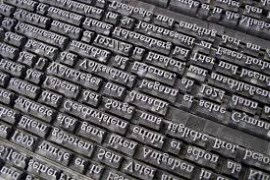Collections | Livre | Chapitre
Tarski and Wittgenstein on semantics of geometrical figures
pp. 179-191
Résumé
The aim of this paper is to compare two approaches to semantics, namely the standard Tarskian theory and Wittgenstein's picture theory of meaning. I will compare them with respect to an unusual subject matter, namely to geometrical pictures. The choice of geometry rather than arithmetic or set theory as the basis, on which this comparison will be made has two reasons. One reason is related to Wittgenstein's picture theory of meaning. This theory was developed more or less as a metaphor, comparing the language to a picture. Nevertheless, if we take pictures themselves in the role of the language to which we apply Wittgenstein's picture theory of meaning, this theory stops being a metaphor and starts to work in a technical way. I believe that in this way we can create a new approach to semantics in geometry. The other reason for taking geometry as the basis for our investigation is that the Tarskian approach to semantics does not work in geometry as we would wish.
Détails de la publication
Publié dans:
Woleński Jan, Köhler Eckehart (1999) Alfred Tarski and the Vienna circle: Austro-Polish connections in logical empiricism. Dordrecht, Springer.
Pages: 179-191
DOI: 10.1007/978-94-017-0689-6_15
Citation complète:
Kvasz Ladislav, 1999, Tarski and Wittgenstein on semantics of geometrical figures. In J. Woleński & E. Köhler (eds.) Alfred Tarski and the Vienna circle (179-191). Dordrecht, Springer.










